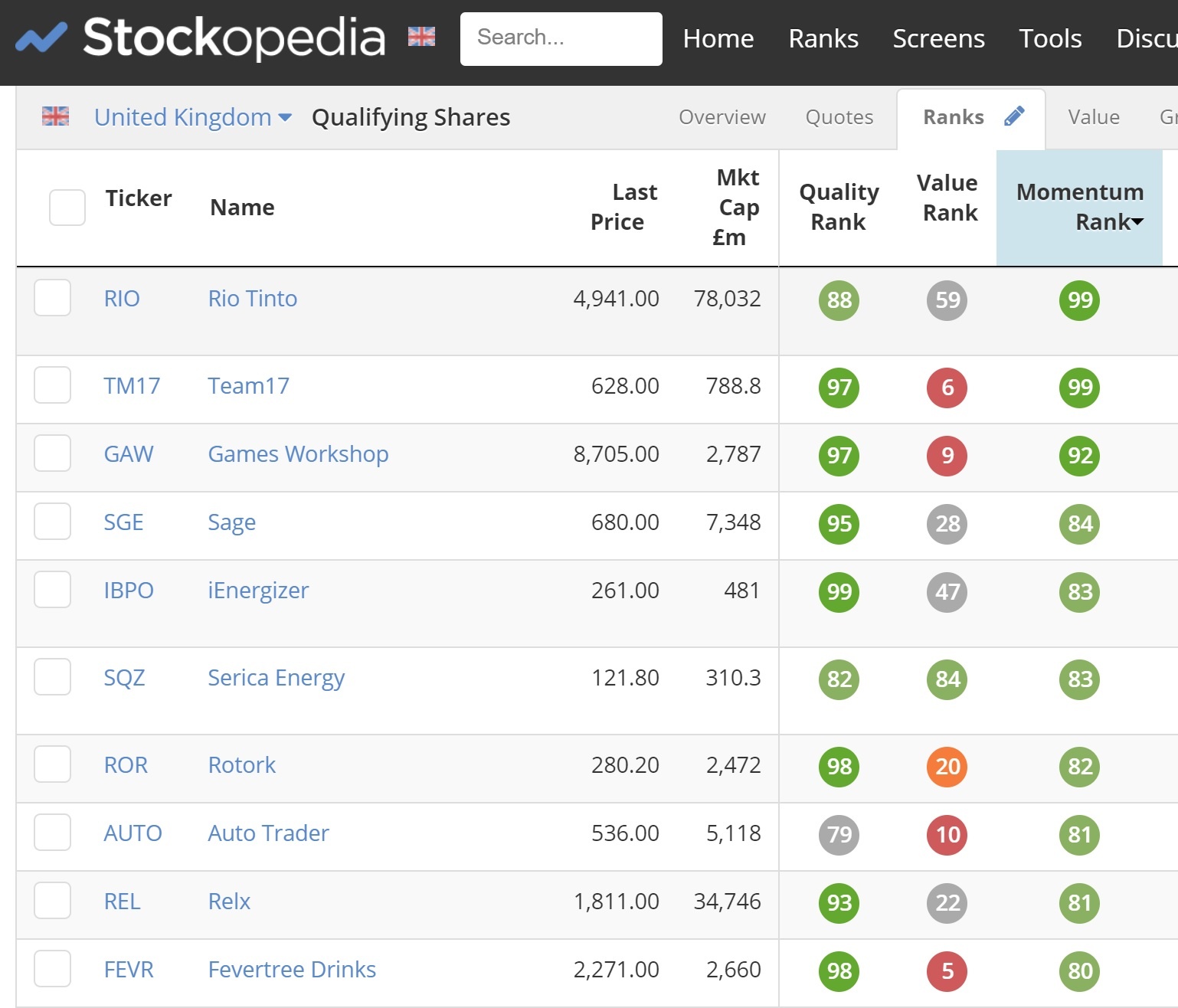Owning shares in high quality companies with the power to protect their valuable cashflows from competition is an investment strategy that intuitively makes sense. It’s an approach that has the fingerprints of successful investors like Terry Smith and Nick Train all over it. But how do you find these shares, and can they offer any protection from the kind of wild volatility we’ve seen this year?
Quality is an all-weather factor that crops up in strategies of all stripes. Value investors, for instance, often rely on company quality as the catalyst that will sooner-or-later trigger a price re-rating. Momentum investors, meanwhile, often view quality as a factor that can help sustain upward price trends. Without quality, these two popular strategies are arguably far less powerful.
Importantly, quality can manifest itself in different ways in different businesses. Classically, so-called moat investors will look for business models that are very well-defended and have loyal customers. It could be that the company has strong, popular brands, or has complicated manufacturing or distribution systems or just that customers find it hard to walk away.
For all these reasons, companies can be very profitable and competitors find it hard to intrude.
So what are the hallmarks of quality and what do they tell you?
Well, long term profitability is naturally one of the key indicators. And one of the most popular measures of profitability is to look at how much bang a company gets from the pounds it invests in itself. This is called return on capital employed - or ROCE. A high ROCE, particularly over a long period, can be a pointer to stocks with strong and defensible brands and franchises that can be rolled out very profitably.
A second signpost to strong profitability is the percentage that a company keeps from selling its products after all costs have been deducted, or operating margin. High margins are often a hallmark of companies that can command high prices from their customers and have strong competitive advantages.
Competitive advantage is also something that can be explored by looking at what’s known as return on equity. This is the technical term for comparing a company’s net income to all the cash that investors have put into it. It’s a popular way of comparing the profitability of companies in the same sector. ROE varies from industry-to-industry, but 15% is generally thought…










